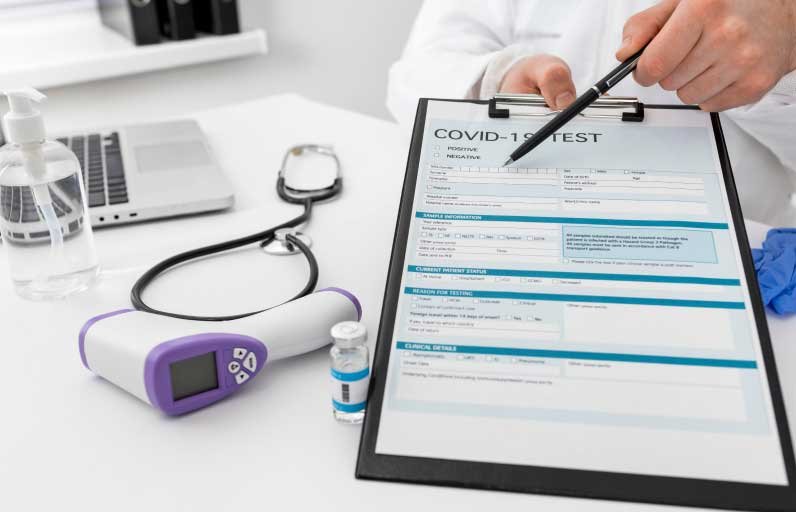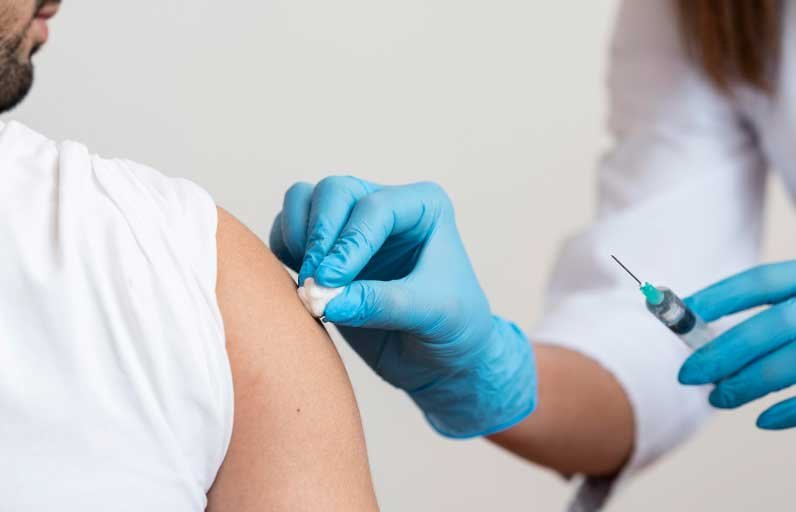Although most people survive a heart attackTrusted Source initially, the risk of death significantly increases over the following years. In fact, 65% of peopleTrusted Source who have a heart attack over the age of 65 die within eight years of the initial incident. This is at least partly because while a person may survive an initial heart attack, the heart attack […]
These 5 Simple Techniques Can Help You Manage Stress
In today’s society, stress and change often are thought of as the same thing. Stress is a physiological and psychological response to a change in a situation the body and mind find to be overwhelming. With the fast pace of work and home, being constantly inundated with technology and still wanting to have time to […]
The case for ivermectin in the fight against Covid-19
Background: Repurposed medicines may have a role against the SARS-CoV-2 virus. The antiparasitic ivermectin, with antiviral and anti-inflammatory properties, has now been tested in numerous clinical trials. Areas of uncertainty: We assessed the efficacy of ivermectin treatment in reducing mortality, in secondary outcomes, and in chemoprophylaxis, among people with, or at high risk of, COVID-19 infection. Data sources: We searched bibliographic databases up […]




